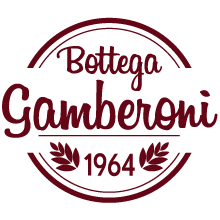
Pasta
In Rome today if you say ‘fresh pasta’ you spontaneously think Gamberoni, especially if you have savoured their incredible range: tagliatelle, tortellini, ravioli ripieni, cannelloni… Not many know that the first Gamberoni pasta was kneaded by Nan Angela over fifty years ago, when with her son Guido she had brought to the capital the great Emilian tradition of fresh pasta. The tale of Bottega Gamberoni was born back in 1964, and lives on by virtue of Tony Gamberoni, Angela’s grandson, who concocts the most famous fresh pasta fillings in Italy, and is directing as well the great success of his Bottega abroad.
Hello Tony, your famous Bottega Gamberoni was born many years ago and still lives on with great success. Would you please share with us its beginnings?
I can say that the story of our Bottega was born as a venture: both my father and my grandmother, originally from Emilia Romagna, both endowed in preparing fresh pasta have decided to launch in business back in 1964, opening a small fresh pasta shop. Today, me and my sisters are here to bear witness to their story and to continue their legacy.
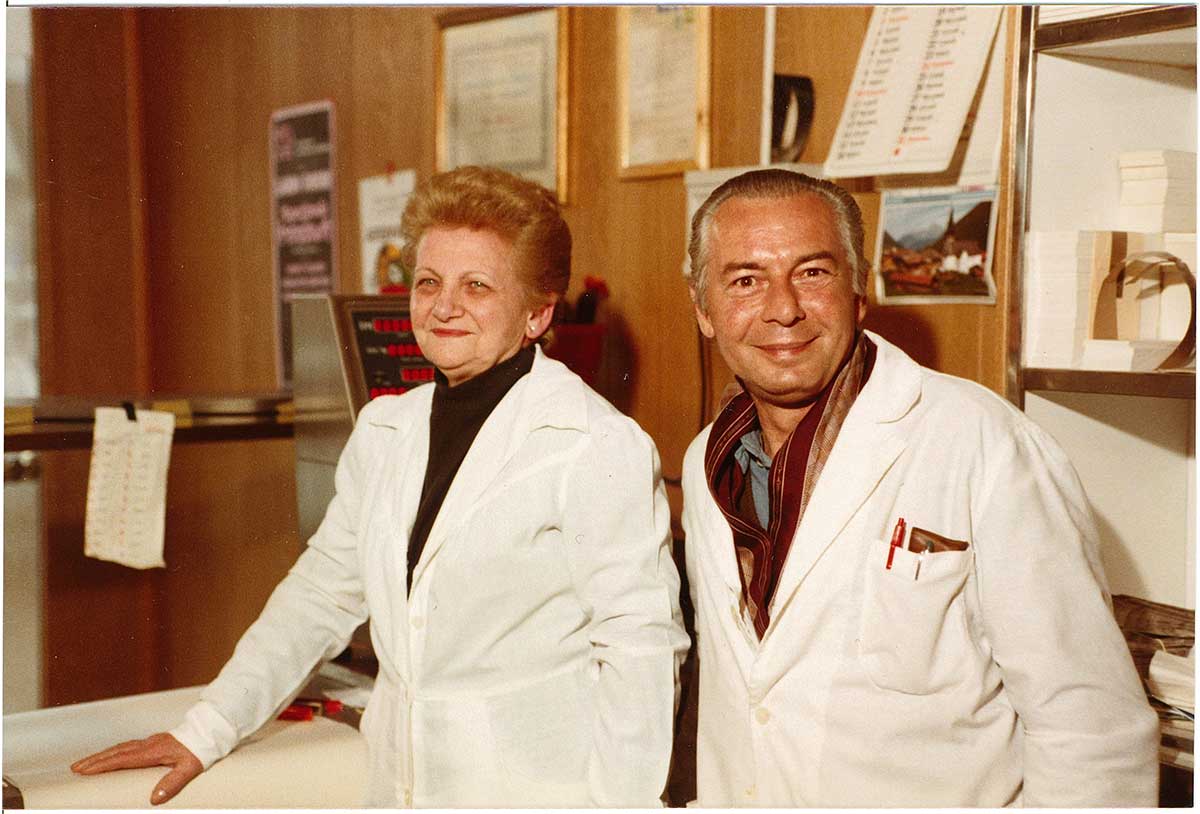

So you are working together with your sisters, you are used to working with your father, your grandparents… How is working with your own family?
Look, there has always been great synergy between all of us. Each and everyone of us has occupied the role specific to our skills and made the most of it. This helped improve productivity, processes and quality in the workshop without overstepping each other. For me it has always been excellent working with them.
And your relationship with the ‘bottega’? How did it all start and how did it evolve across the years?
Well, let’s say that when I was very young it was rather difficult, as all my days, afterschool, holidays were organized around running the ‘bottega’. I was feeling constrained. I’m not saying I hated it, but nearly… Then, in time I started to love it and I still feel so much love and gratification for the craft that my father taught me.


What does fresh pasta represent for you today?
For me fresh pasta is love. It’s past, present and future. It lives in me. I was born and bred in this workshop, as I already told you, it’s where I discovered my passion, together with the love for my parents and my grandparents which I have seen dedicating their entire lives to the ‘bottega’. Passion and love which I still share with them.
I know you produce an incredible variety of fresh pasta. Could you detail some?
Of course, I could forget some. Let’s start with the basic fresh pasta types: tagliatelle, tagliolini, quadrucci (small squares), capellini for broth, pappardelle, tonnarelli. Then we can enumerate some of the filled pasta types: tortellini, ravioli with spinach and ricotta cheese, with butternut squash, with taleggio cheese and radicchio, with porcini and pecorino cheese matured in barrel, with artichoke and cave matured caciocavallo cheese…
What delight, Tony, it all sounds mouth-watering…!
. . .Ravioli with four types of ricotta cheese, with aubergines and buffalo ricotta, with lemon and ricotta, ravioli of ‘The Cinque Terre’ with potatoes, pesto and green beans. . .
Do you make any variety with fish?
Yes, we make ravioli with monkfish, with broccoli bottarga (dried and cured fish egg sack) and anchovies of the Cantabrian Sea…
Oh dear, this way I won’t make it to the end of the interview… I am dying to eat any of them!
I forgot to mention the ravioli and the agnolotti ‘cacio e pepe’ (cheese and peper), cannelloni with meat, with ricotta cheese, ravioli with burrata (mozzarella formed into a pouch then filled with soft stringy curd and cream), with ricotta infornata (baked ricotta)…
How exquisite, Tony! And you also make fresh pasta with special flours?
Yes, we do, we make fresh pasta with organic wholemeal flour, with stone-ground Sicilian wheat flour, Kamut pasta, chestnut flour pasta, squid ink pasta, tonnarelli with basil…


Allow me a curiosity: how do you find the inspiration to create a new filling?
Let’s just say that it’s a fusion between instinct and knowledge. You know, when you taste and learn about produce travelling around the world, you develop a certain intuition. I believe in a certain proverb which can be summed up to: the more you travel and taste new things the more you enlarge your culinary culture, the more subjected to stimuli the more likely are you neurons to spark a new idea. Sometimes fillings succeed, sometimes they need improving, either way the creative process is fulfilling.
Is there a product, one of your creations that more than any other made you feel accomplished and proud?
No. I would be unfair. I put my soul in any of our products. And so does everyone who works with me. Together we trial, we sample, we confront. And then something can be more enjoyable to someone, and less to someone else… No, I wouldn’t want to leave out anything that I’ve created and we are producing.
Was there a moment when you realised that one of your products can be enjoyed by everyone?
Let’s say that I’ve mostly submitted what I personally like. Fortunately my personal taste reunites wide acclaim, maybe because it has refined across time, but there’s something even more important: in any Gamberoni product there’s our identity. It encloses everything we appreciate and all our knowledge, and this is what makes us continue successfully. We do not compromise, we only sell what we produce and nothing else, and this is what defines, differentiates and gratifies us.
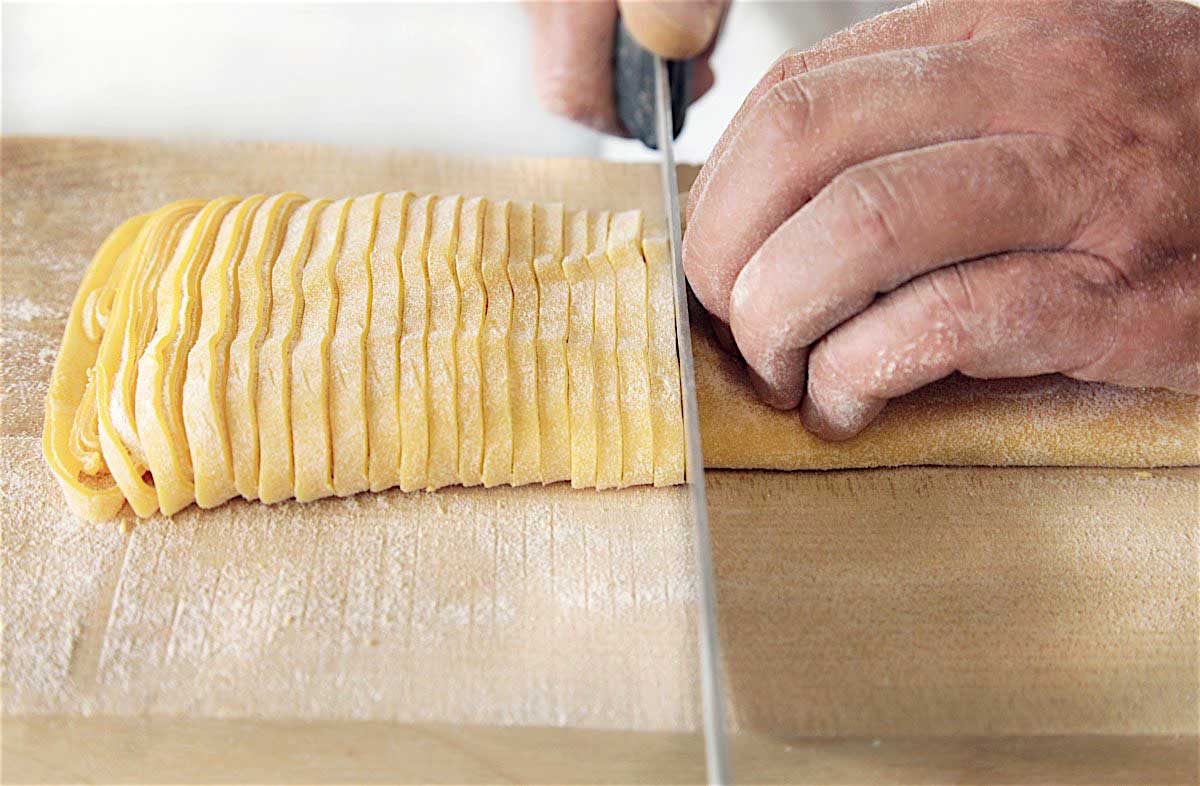

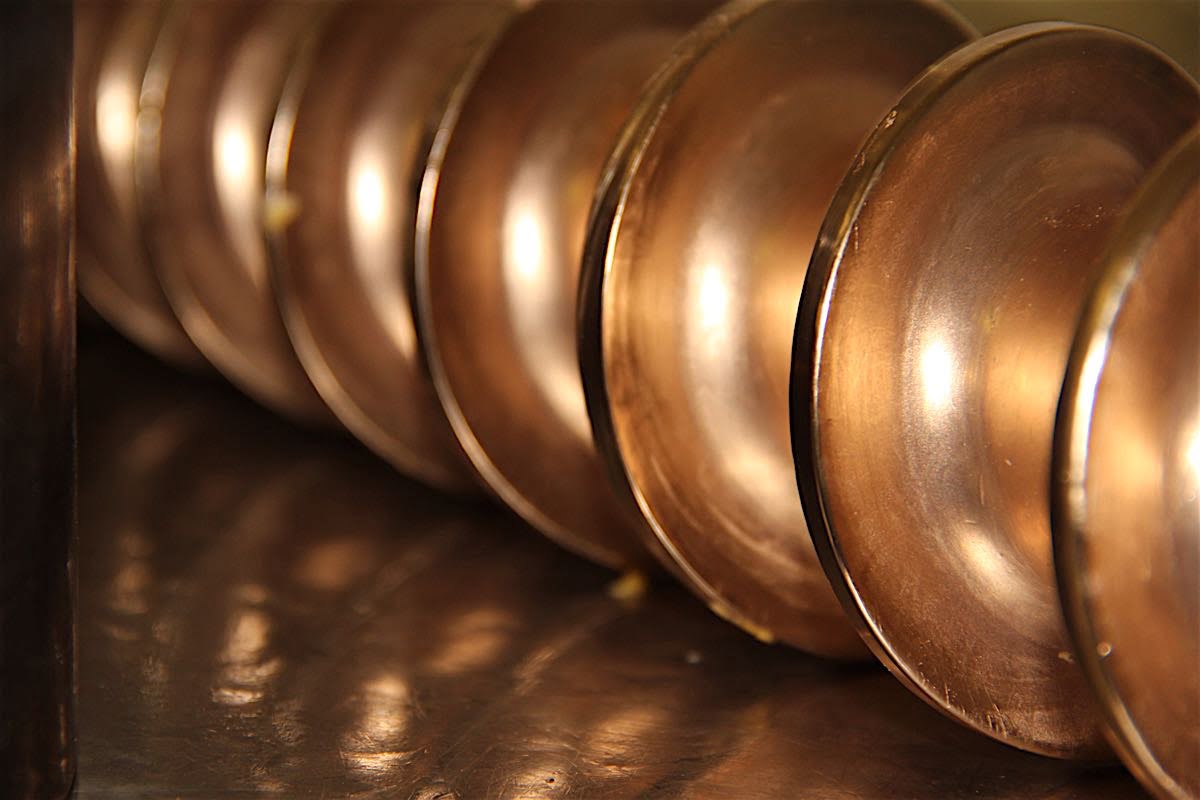
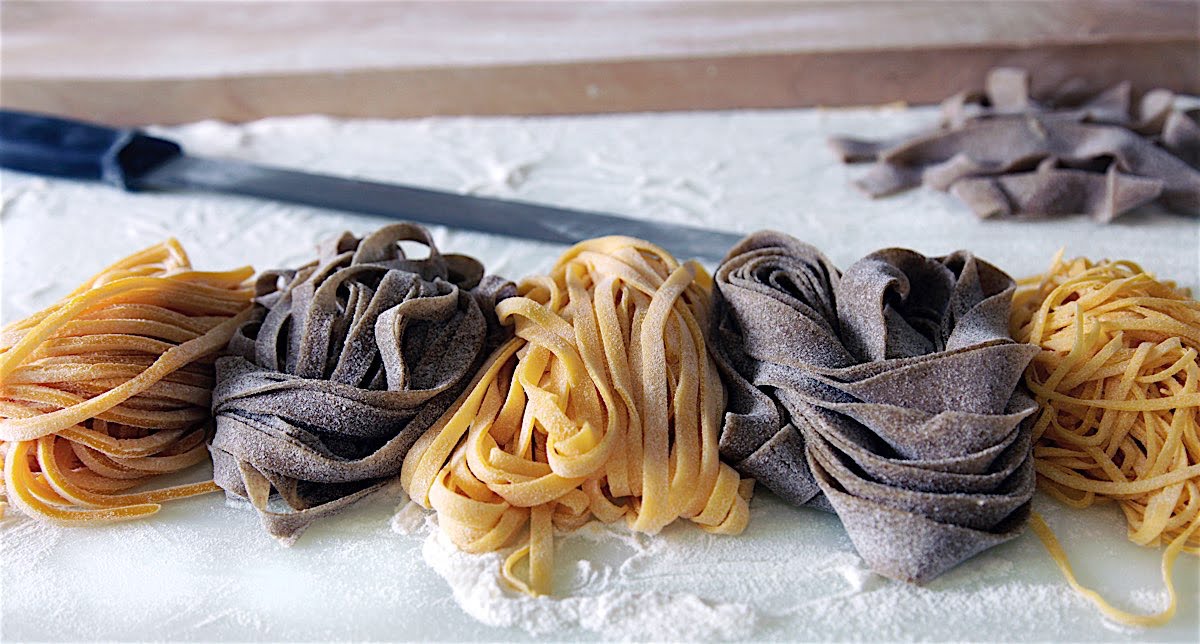
Tony, what methods do you use to produce your pasta?
Ah, this is like one of those questions I often get asked in some TV shows or abroad: ‘When’s the pasta ready?’ And just as often I reply translating something that my father used to say in the Ferrara dialect. It resumes to: when you start feeling the drops of sweat rolling down your back to your bottom! Only then you can be sure that you have worked the dough to reach its soft texture, and can then rest to later shape the pasta.
To sum things up, to make quality pasta you need strength, but not only: egg and flour are two living elements that need to feel warmth and affection.
Who are the people that work with you? Tell us a bit about your team, ‘sfogline’ – technical jargon term for the people kneading the pasta.
Now you know, handmade pasta needs time, attention to detail and professionality. Our staff is since some time consolidated to 10 people, nearly all of our ‘sflogline’ have been working with us for almost twenty years and that goes to show how much we care about building the loyalty of our employees. Everyone who works with us is our brand ambassador. Achieving such durable working relationship with our employees for us means respecting them and the environment we have built together. We include this positive attitude towards people in everything we do.
I know that with your ‘Bottega’ you are also socially involved. Could you talk to us about that?
It has always been our objective to offer our professional skill for social initiatives and we have chosen to work with the Cystic Fibrosis Lazio Association. Twelve years ago, we came up with the idea of organizing lavish dinners with the chefs of the Quirinale Palace and ‘Brigata dei Lucchesi’, after we went on to a different initiative to support the Association: every year we sell hampers packed with our products at advantage prices, and all the proceedings are donated entirely to the Association.


Going back to the conversation about pasta, Tony, you often speak about its future and I know you also talk about that in your internships, where you transmit to the new generations the secrets of this art, this artisan craft. What are your thoughts in regards to this relay of knowledge and experience?
I believe that we should all, each in their own profession, instil culture and professionalism, specially today, the market and the society we live in have partially obscured the image and the professionalism of artisan crafts, therefore managing to relay this passion, achieving quality in handmade products that represent the excellence of our national traditions, is very important not just for the young generations but for everyone.
You talk about product excellence and Italian excellence to export abroad. How could today a small-medium company develop a sustainable business if it should want grow outside the national borders?
In Italy we have a huge potential which we unfortunately manage to exploit in very small proportion. If we think of the small artisan workshops which should absolutely be preserved, calling the attention of a wider public advocate for them especially abroad. It’s undeniable the difficulty of small artisan businesses like ours in crossing the national borders, but thanks professionalism and dedication, one can achieve the unthinkable.
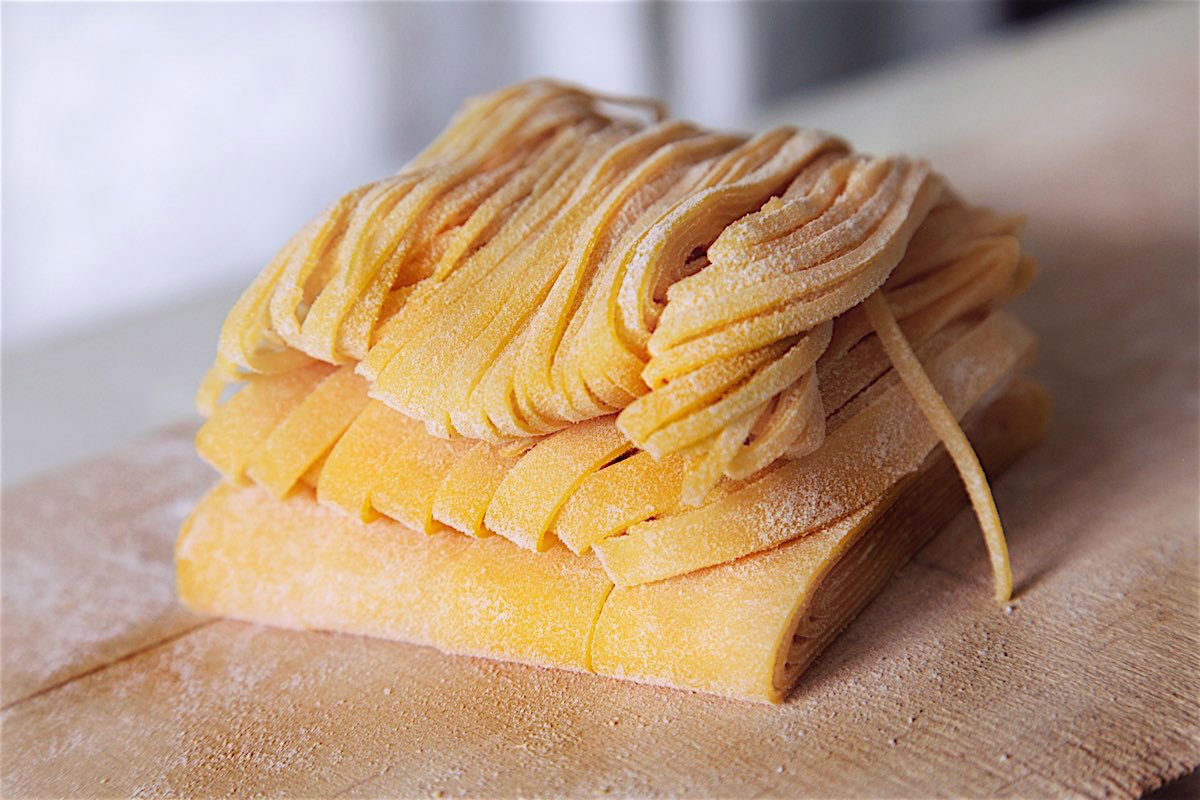

Another important argument that you often face is the seasonality of produce, the eco-sustainability… Could you please elaborate your thoughts?
It is my opinion that today, it is very important to emphasize the concept of seasonality of the produce in food industry, it means using produce harvested in the right season.
Such produce enhances the quality of any final product.
Is this one of the secrets behind the quality of your products?
I would say so. It is important to stock main ingredients during the periods of peak quality of the produce: mushrooms top harvesting period is July-October; for butternut squash it’s September-December and so on for other produce. It is the period when the ingredient reaches its ripeness and it better preserves.
A last question, Tony: today you have already accomplished a laudable success… but what are your next goals?
First of all to pass on my craft to whoever has the will and passion to undertake it.
Then improving the quality of our product and strive to make it accessible to a wider public, because this is our culture and for us it’s important that it should be communicated and celebrated. I want to stay committed to exploring ingredients: today children only know the finished and wrapped product. They know that flour is in their snack, but they have no close experience. Instead seeing, smelling, touching the ingredients is very important, they reconnect us to the soil, to the environment we live in. Examining and experiencing the fruit of the soil means learning to respect the environment. And ultimately it is this respect we are all in great need of.
